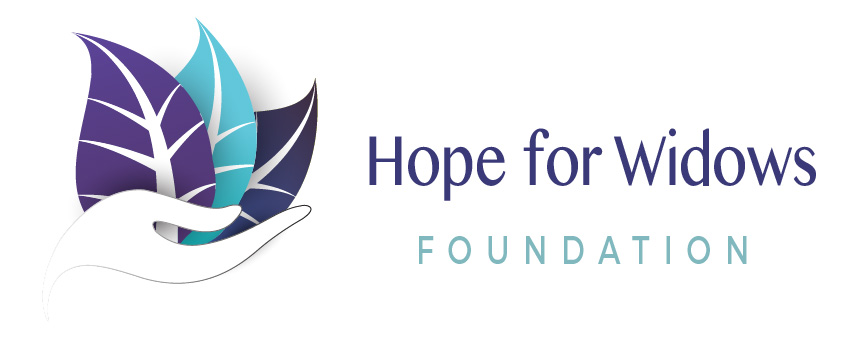We all do it– at least we think we do it. But, breathing is also something we usually do not do
very well. We usually breathe without giving it any thought. To truly benefit from breathing, we
need to give this natural function some thought and even practice. In ancient Chinese medicine, every major body part has a related emotional component. The teaching is that our lungs are related to our heart and how we feel. This means our breathing can help make a difference to how we feel.
In grief, we tend to take very shallow breathes, hunch ourselves over, and just try to get through
the day. I remember holding my breathe so tightly while awaiting news on my husband’s
cancer. I was breathing; just not very much or very well. Our lungs do their job to give us some
air, but they are not doing their job to help make us feel better.
So, how can we help our lungs and help ourselves feel a bit better? The answer is that we have
to breathe and learn to be mindful about our breathe.
Below are three types of breathing techniques that can help Any of us feel a bit more relaxed and less anxious. They only take a few moments to do and their power to help is tremendous.
If you practice yoga or have ever taken a yoga class, you will know how important mindful
breathing can be. In yoga, there are several types of breath you can do. One of the most
important is called the Ujaii breath or 3 part breath. According to the Chopra Center, the way to
do this type of breathing is as follows:
“With your mouth open, try exhaling the sound “HAAAAH”—it’s similar to the sound you make
when you’re trying to fog up a mirror. Get comfortable with this sound to get the hang of the
practice. Close your mouth and attempt a similar sound, feeling the outflow of air through your nasal
passages. Once you have mastered this on the outflow, use the same method for the in-flow
breath, gently constricting the back of your throat as you inhale.”
In this method, you use your inhale to fill you lungs with air starting with you abdominal area and
filling up to the very top of your chest. You tummy rises, followed by your middle, followed by
your chest. You then hold the air for a bit, and exhale in reverse of your inhale. You let the air
leave your chest, then middle, then your abdominal area. This helps us actually fill our lungs with air because many times when we get anxious, nervous, upset or stressed,we actually pull our tummies inward when what needs to be done is to let them expand while inhaling. This breathing method really helps you begin to relax. I find it helps when I get tense over bill paying or when I begin to worry about whether I am making the right decisions without my husband to discuss things with.
Another type of breathing is called bumble bee breathing or bee breathe. Here is how it’s done:
● There is a cartilage between your cheek and ear. Place your index fingers on the
cartilage.
● Take a deep breath in and as you breathe out, gently press the cartilage. You can keep
the cartilage pressed or press it in and out with your fingers, while making a loud
humming sound like a bee. Be sure to keep your mouth closed while you make this
buzzing sound.
● Breathe in again and continue the same pattern for 6-7 times.
Yet another type is Alternate Nostril Breathing. This helps calm the mind, reduce anxiety, and
bring a feeling of relaxation to the entire body. It can also help when you have sinus problems–
or so I am told. To do this method, start by closing your eyes. Then softly close your right
nostril (using your right thumb) and inhale slowly, deeply, smoothly, gently and without strain
through your left nostril.
Close your left nostril (using your ring and little fingers) and release closure of your right. Exhale
through your right nostril. Inhale through your right nostril and release closure of your left.
Exhale through your left nostril. Continue this pattern for as long as you wish. When you’re done
relax your arms and sit and breathe naturally for a bit before you open your eyes.
Just Breathe….. everything is going to be okay.


I want you to join me in my book lunching in Lagos Nigeria